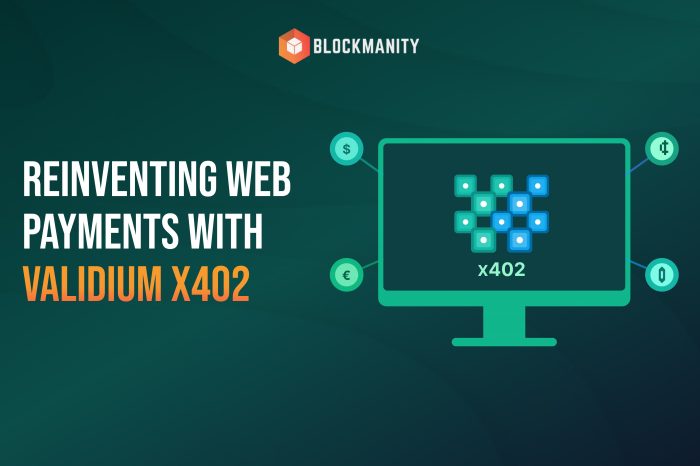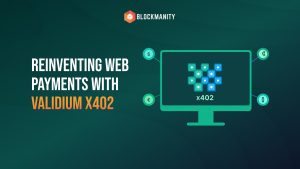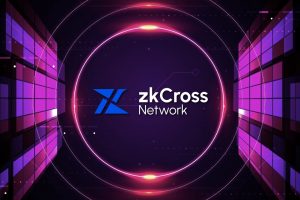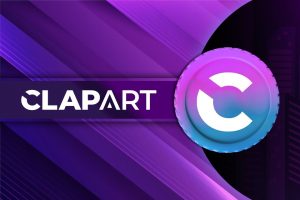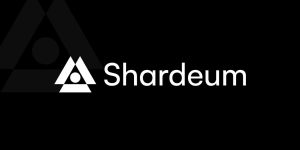Understanding Your Forbrukslån

If you are looking for a loan you might not understand where to even start. When it comes to consumer loans, it can be overwhelming to understand all the jargon and fine print on the terms of the loan. When looking at all the options and lenders out there, you might feel out of your element. You don’t have to be a financial savant to understand consumer loans. You just need to break down all the elements of the loan to understand them better.
What is a Consumer Loan
A consumer loan is simply any loan offered by a lender that is used for the purchase of an item or items. You can get a secured loan or an unsecured loan. A secured loan is backed by collateral of the borrower. This includes mortgages and auto loans. Unsecured loans don’t have any collateral backing the loan, so they typically require a higher interest rate to protect the lender.
Consumer loans are categorized in two ways, either open-ended or closed-ended. Open-ended loans, or revolving credit, involves a line of credit that can be continuously used as long as a minimum payment is made monthly. The most common type of open-ended loan is a credit card. These types of loans are unsecured, so typically have higher interest rates. If the balance isn’t paid off before the predetermined set of time, interest will begin accruing. Closed-ended loans, or installment loans, are used for the purchase of a specific item, such as a home or automobile. These loans have a set payment amount each month and an end date for when the loan will be completely paid off.
When looking for a lender for your loan you want to first know what type of loan you are looking for. Researching your options can provide the best way of finding the right loan for what you need. When looking for a Forbrukslån Norge it can help to talk to individual lenders and get comparisons. When choosing the right loan, you need to compare all aspects of the terms of the loan.
Understanding Loan Terms
When reading the fine-print of the loan, all the jargon and abbreviations can be confusing. It is helpful to understand what all the aspects mean before you commit to a loan so you understand what the lender is expecting from you. The first aspect of the terms of the loan is the repayment period. This term is for any installment loans that have an end-date, such as a mortgage. This is the length of time required to pay back the amount of the loan, including the accrued interest.
The repayment period is broken up based on where your money is going each month. This breakdown is called amortization. The amortization will show how much of your monthly payments goes to the original amount, how much goes to interest, and your remaining balance. Knowing how much your payment is going to the original amount is important. If you have a long-term payment option, the monthly payment might be less, but you will most likely end up spending more on interest over the length of your loan.
Interest is the amount the lender requires as payment in exchange for the loan. It is usually represented by the annual percentage rate, or APR. This is a percentage of the cost of the loan that will be paid throughout the year. The lower the percentage, the less interest you will have to pay each year. Your interest rates are usually decided based on your current credit score and the amount of down payment, if any, you pay.
Certain fees will show up in the terms of the loan. These fees are important to factor in when considering the total cost of the loan. Some fees you might see are origination fees, prepayment penalties, annual fees,and late-payment fees. An origination fee is charged to process the loan. Prepayment penalties typically involve long-term loans and is the cost of paying off your loan early. Annual fees are usually a flat rate that covers the cost of keeping your account open each year. Late-payment fees are the fee that is charged if you miss or are late with a payment each month.
When looking at the terms of the loan, make sure you understand other terms that may come up. Balloon payments can appear in the terms of the loan as a one-time payment required to end the loan. While this isn’t common, it is important to understand if it appears in your contract. This may be more money than you can afford at the end of the loan. For more common terms to look for inside your loan contract, check out www.investopedia.com/loan-terms-5075341.
Why Your Credit Score Matters
When looking at a consumer loan, your credit score will ultimately determine the terms set forth by the lender. The higher your credit score, the better your chances of getting approved, and the lower your rates. Your credit score can range from 300 to 850. Above a 760 is typically considered a great score and will get you the best rates.
If your credit score isn’t great, you can always apply for the loan at the higher interest rates and as you make consistent payments, your credit score will improve. Once your score has improved it is always an option to refinance your loan at a lower rate. Before you accept a loan, make sure you understand the refinancing options available. This can help you save money throughout the course of the loan.
Discuss this news on our Telegram Community. Subscribe to us on Google news and do follow us on Twitter @Blockmanity
Did you like the news you just read? Please leave a feedback to help us serve you better
Disclaimer: Blockmanity is a news portal and does not provide any financial advice. Blockmanity's role is to inform the cryptocurrency and blockchain community about what's going on in this space. Please do your own due diligence before making any investment. Blockmanity won't be responsible for any loss of funds.

